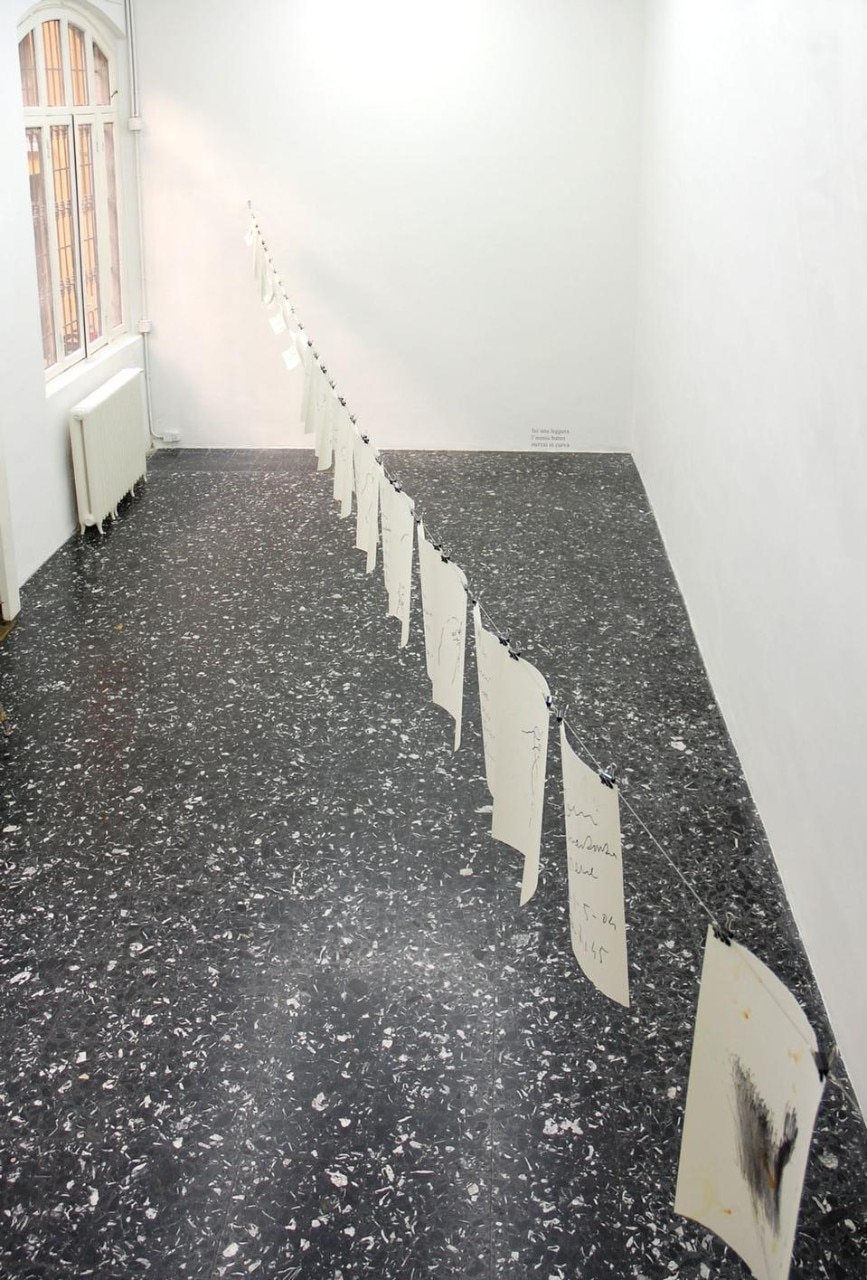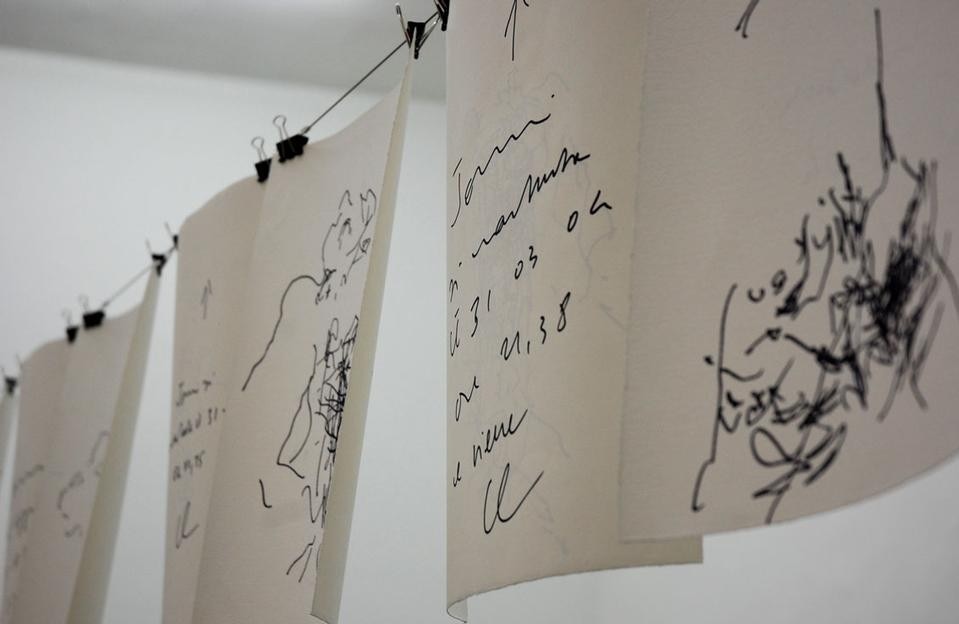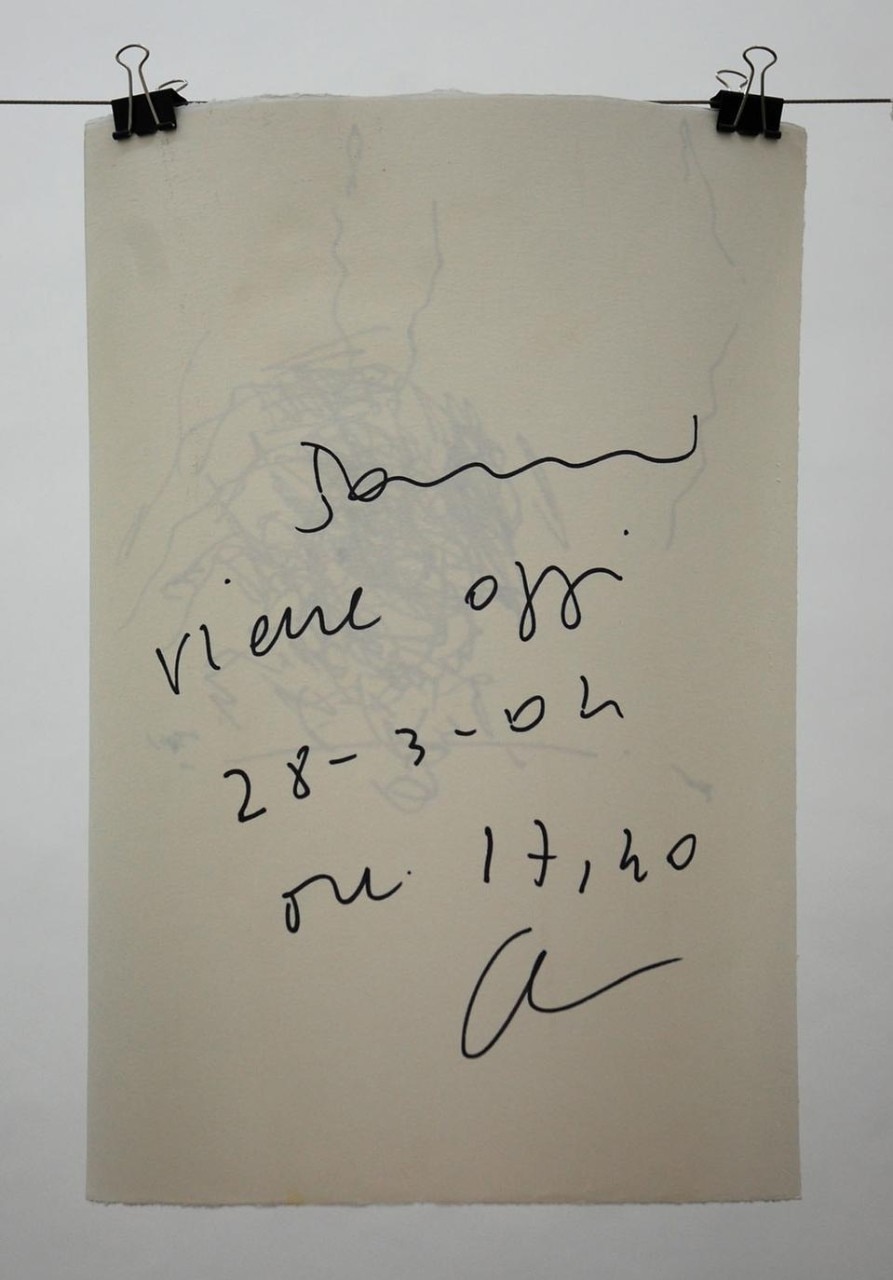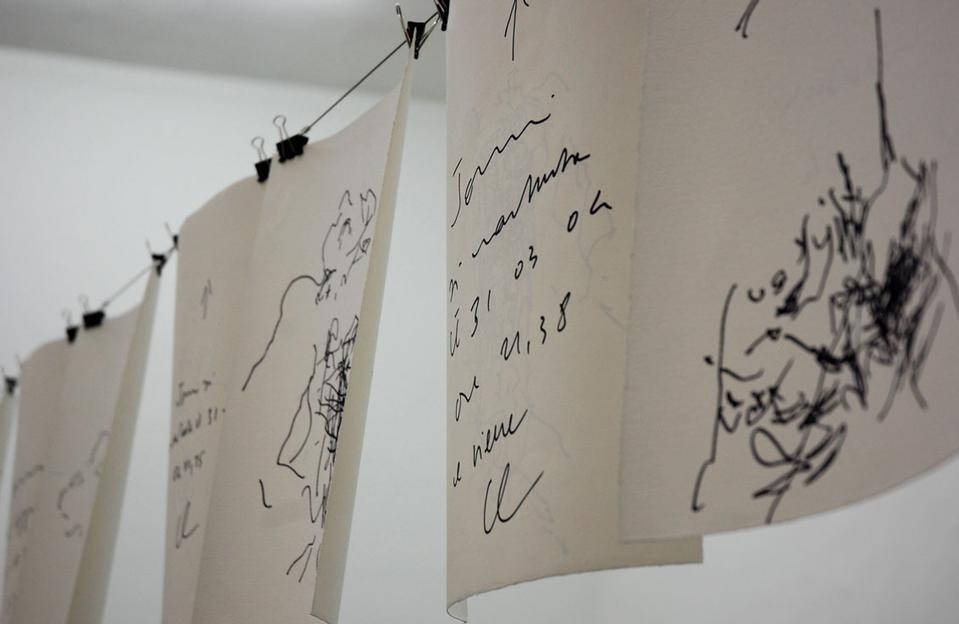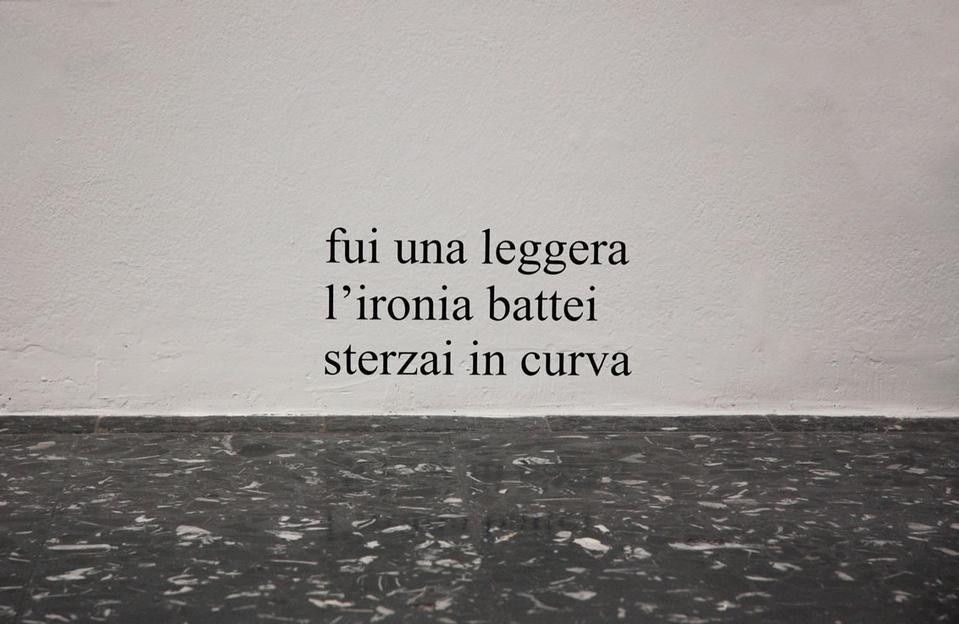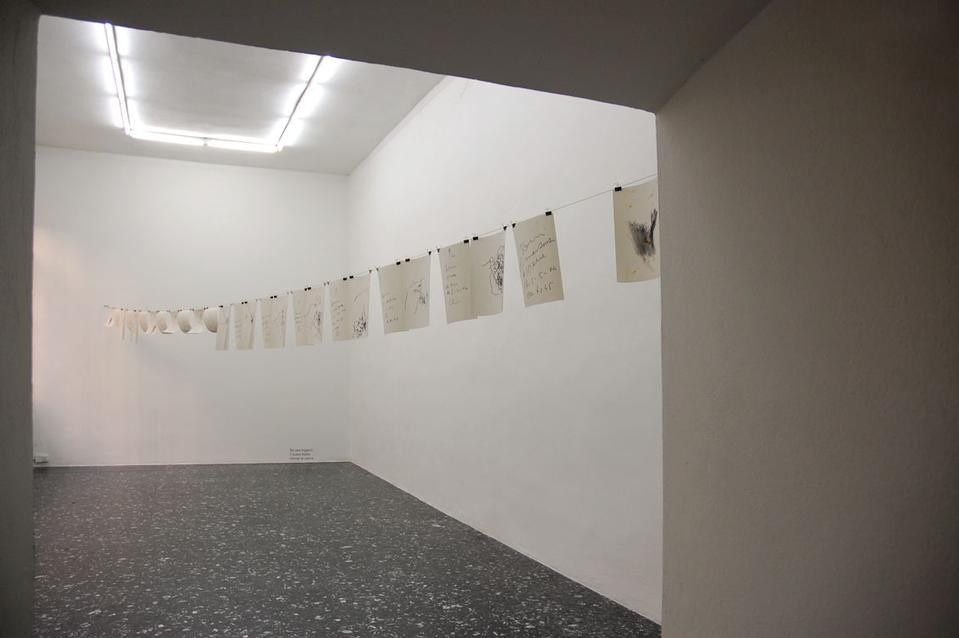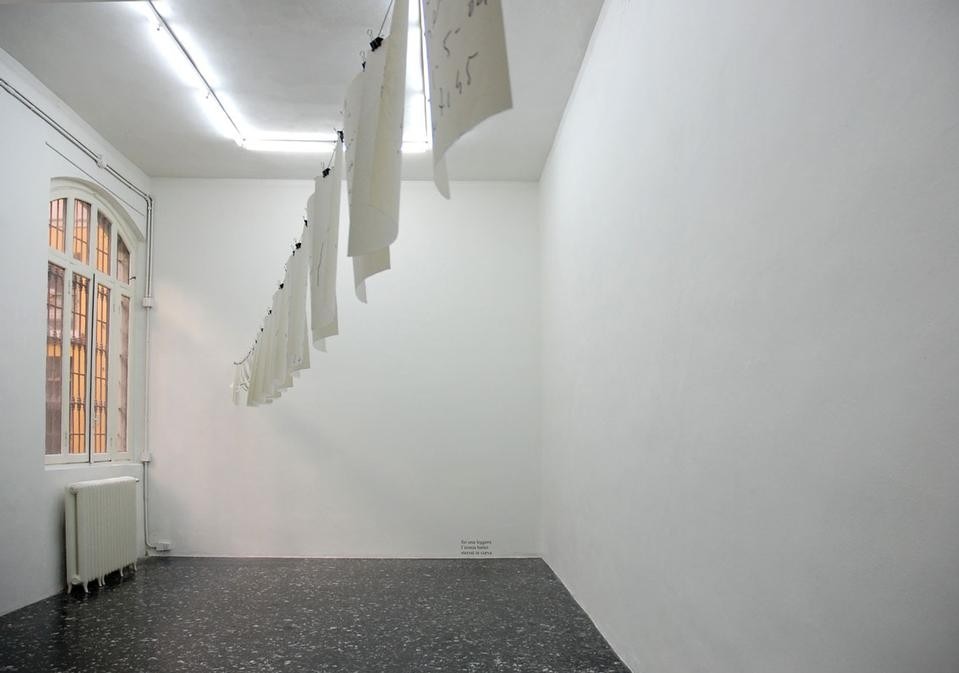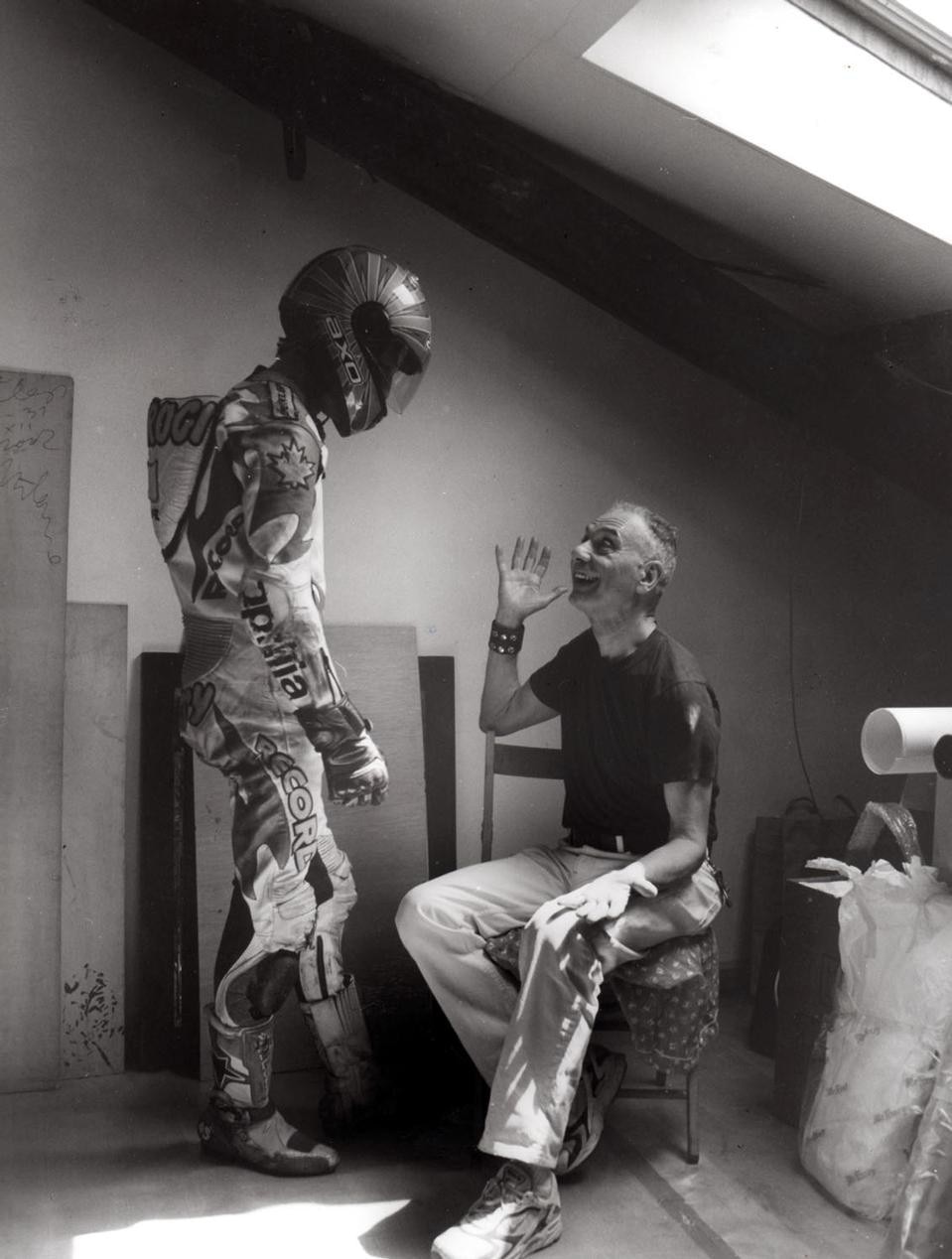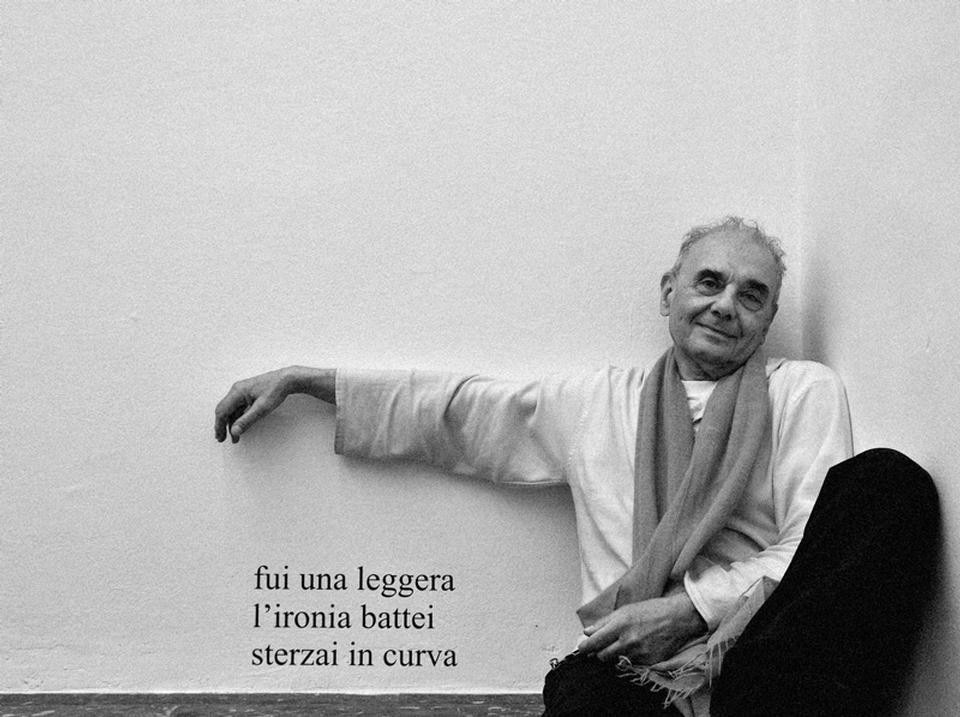They asked me to stage an exhibition as a sign of recognition and respect for the role I have always played supporting and promoting young people, and I was moved by their reason. I am hugely appreciative of young people like those running Peep-Hole and Lucie Fontane, the wonderful gallery that invited me to No Soul for Sale at Tate Modern with the fringe galleries last May. I feel at home in this kind of space and that is why I ideally support them. They know it and see me as a forefather.
Your studio in corso San Gottardo has been a major point of reference for many artists, a hothouse of creativity. Is there still a need for spaces with the same spirit today?
Of course. I opened my studio in San Gottardo just after returning from New York, where I had been immersed in the artistic verve of the East Village. I asked young people chosen almost at random – my pupils or students from other faculties and even disc jockeys ¬– whether they wanted to stage an exhibition and then I looked at their works sideways. We held about 20 exhibitions in which we taught each other. Similarly, these young gallery managers/critics of the fringe spaces learn from the artists they exhibit; they have a particular approach to art that is totally different from that of professional gallery owners, more closely tied to market rules. It is this approach that unites us.
Perhaps, the recent explosion of non-profit spaces and initiatives to promote young artists outside the profit rationale is a critical reaction to the rules of the institutional art market.
Without doubt, this is one of the keys to this phenomenon, which underpins a strong demand. It's as if these young people were saying: "Let me think, let me dream!" These spaces and these young people have a desire for diversity that the official art world has not cultivated. And it is this longing that interests me.
Is living in this sphere your way of staying in touch with the lifeblood of inspiration?
Yes, or at least I try. I do not spend much time in these fringe circles; a lot of other things take up my time, including music - I play the violoncello. I have the same passion for art as for music but I've been cultivating art longer.
The work hanging in this room, Quasi, autoamori di Johnny, is a six-year-old 'new' work. Why have you never shown it?
Because it needed a gallery like this one...and I am in no hurry... and I don't ask anyone for anything. I don't waste time asking other people for things. It is something I don't do. I kept it in a folder that this exhibition made me want to open. A place like this is ideal for a courageous work that narrates a series of masturbations by the same person, recorded on paper with a precise annotation of the time they took place. On one side of the 28 sheets hanging diagonally in the main room of the gallery are abstract drawings with the annotations on the other side. Text and image run in a double register. Everything is played on the contrast between the transient and evasive nature of eroticism and the rigid permanent nature of the form given to time. The work's tension lies in the difference between the two. So, the exhibition is with a slight smile.
This smile appears again in the second room, which represents the end or the start of the whole work; visitors are free to decide. A single sheet of paper bears the words "Johnny si masturba nell'altra stanza" (Johnny is masturbating in the other room) to which you return only to discover the three verses of Una poesia written at the bottom of a wall. What links these two works?
It is a poem written seven or eight years ago in reply to a statement by Carol Rama, who claimed I was like a friend of hers. I wrote this poem to her in protest at this improper comparison. The rhythm and reference framework changes in every verse changes. I still find it very beautiful. I wanted to put it beside Johnny because both present the same formal exercise of grip. In both, the eroticism is held back by a desire - both pointless and necessary - that requires movement to be satisfied. Both fight form, which has a grip that defies time. A desire for permanence is countered by the evasive eroticism.
Has Carol Rama ever replied to this poem?
Of course. She worked for a whole night on a picture that is brazenly 'gripped' but brazenly right.
